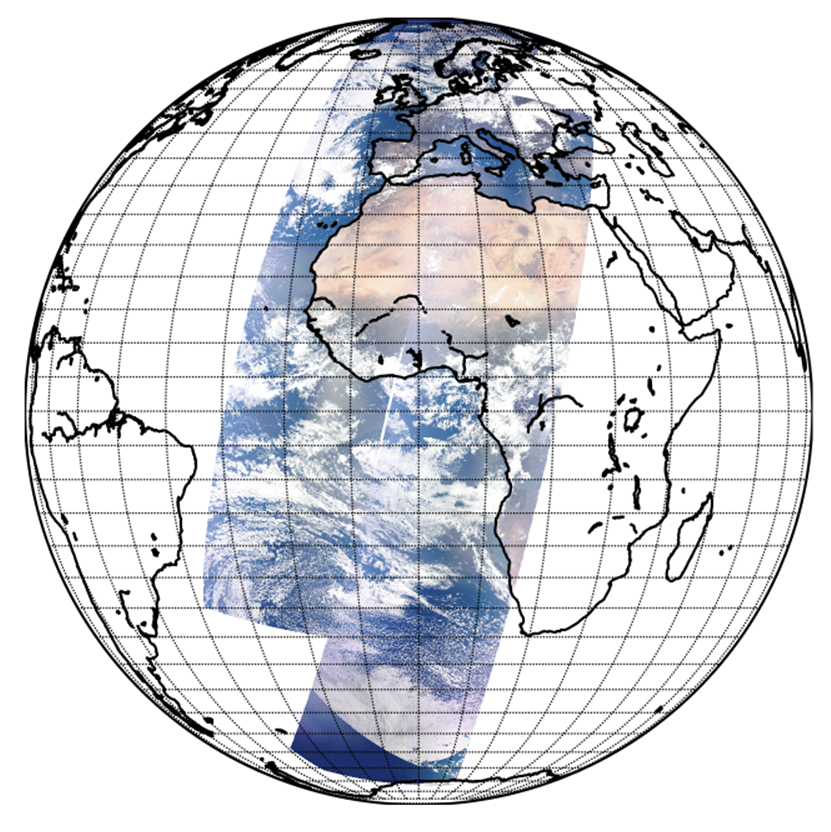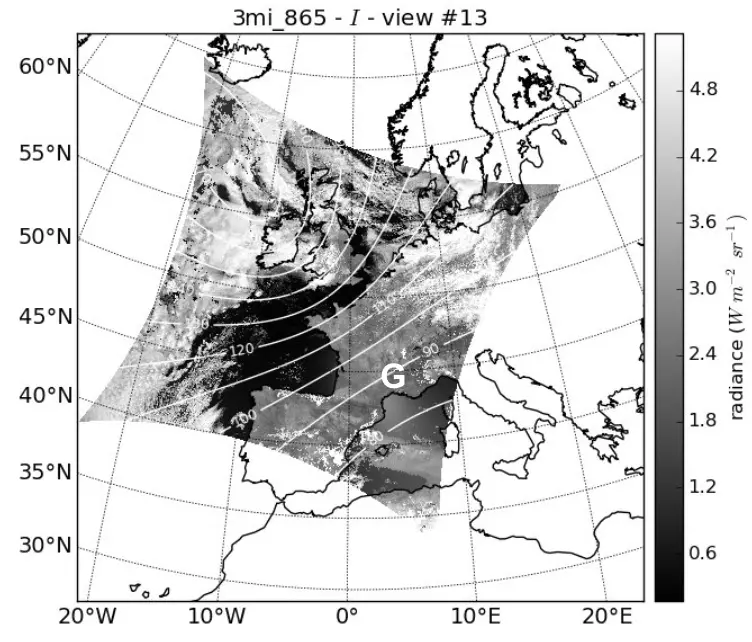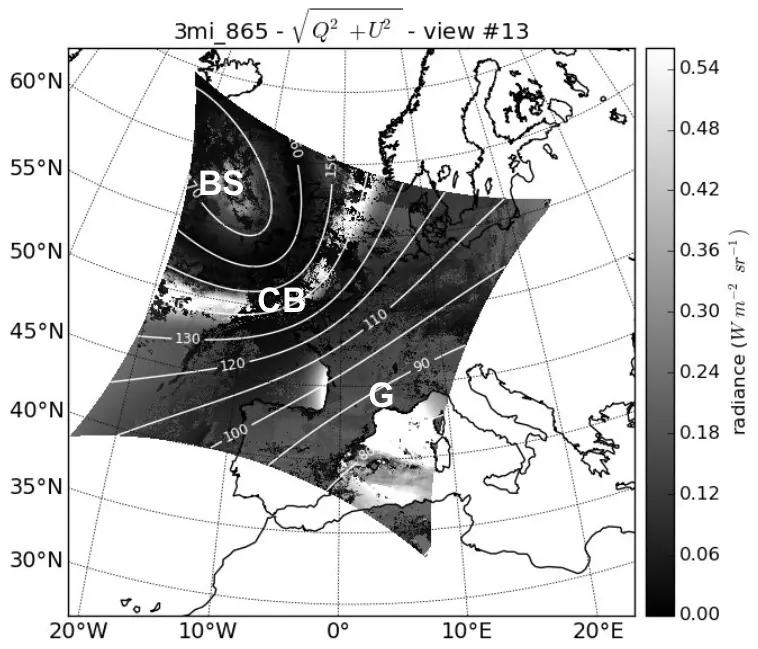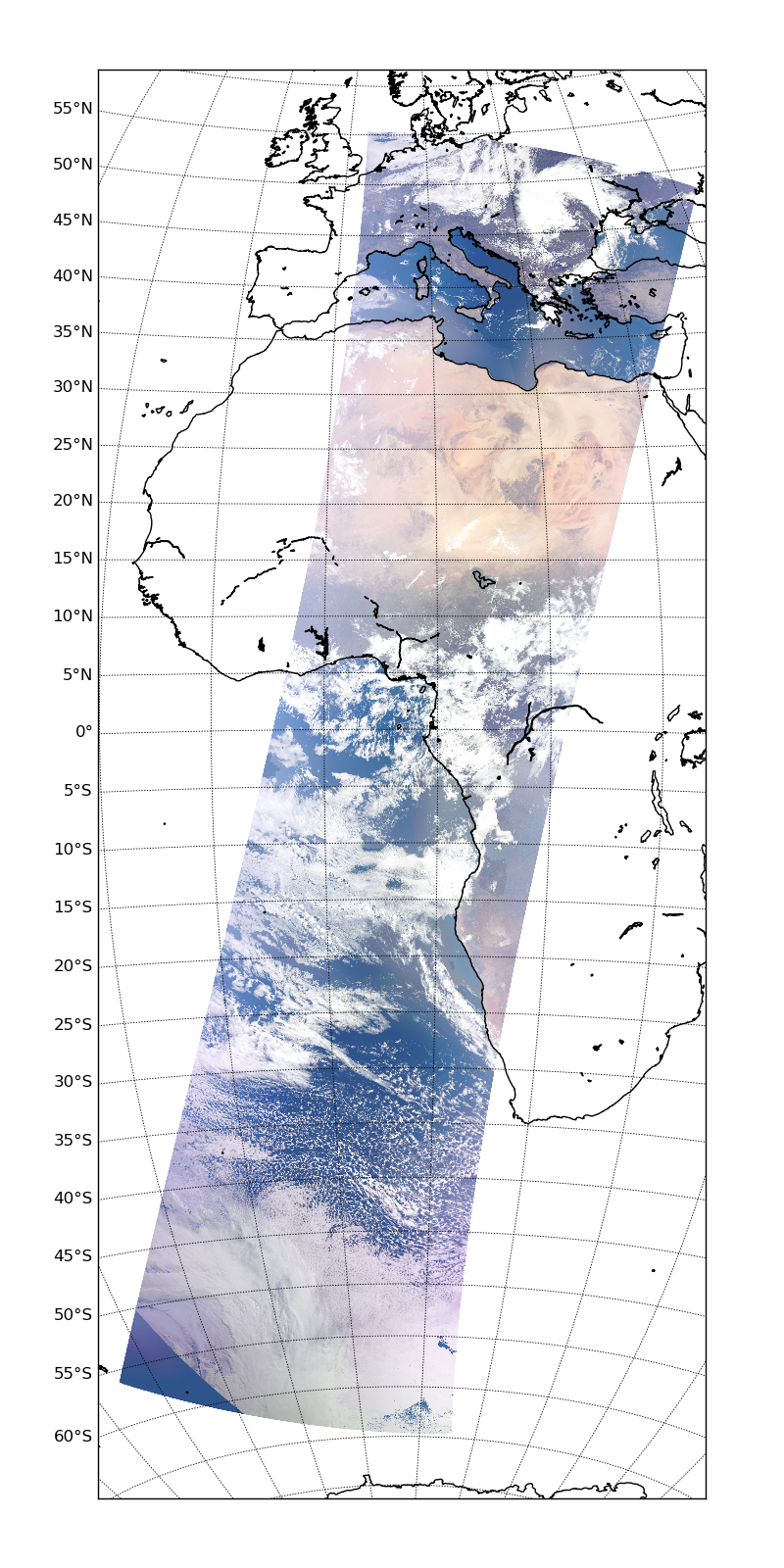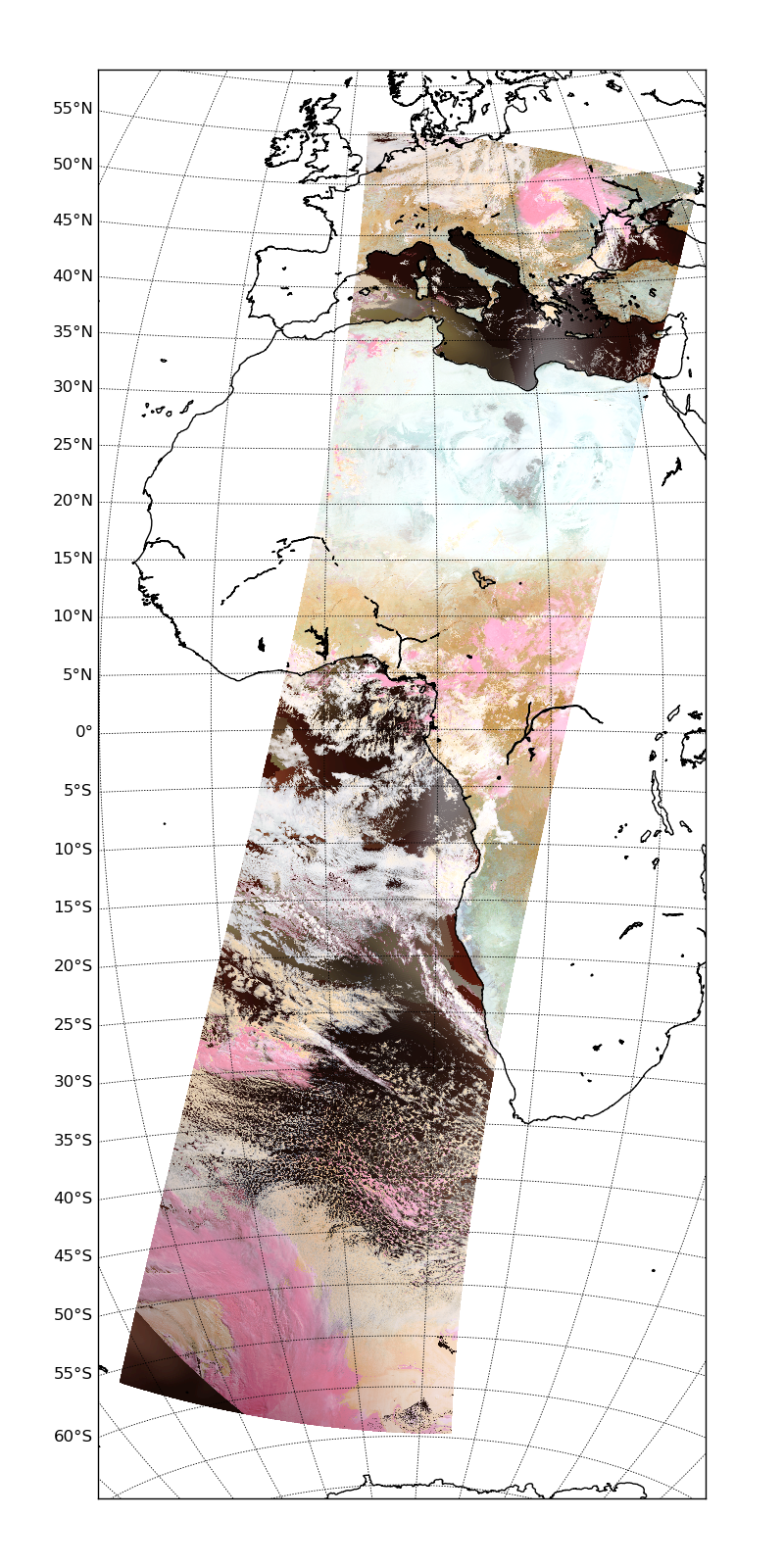Among the EUMETSAT various activities related to EPS-SG, the timely and efficient processing of the data down-linked from the orbiting platforms is of outstanding importance to the primary users. To this end, it was necessary to simulate realistic data from the observation missions to be embarked upon for EPS-SG. The 4M-SDS project concerned the optical missions METimage and 3MI and the generation of appropriate test data to support the ground processor development. Given the EPS-SG orbit and instrument viewing geometries, top of the atmosphere (TOA) radiances for the full range of representative atmospheric and surface conditions were generated for each instrument.
For this purpose, full orbit propagation was performed based on 3 test orbits derived from EPS orbital parameters. Observation geometries (sensor reference frame) for 3MI and METimage were simulated based on instrument sampling characteristics. Geolocation and sampling geometries were used as input to radiative transfer simulator in which surface and atmosphere (clouds, aerosols, gas) were realistically described based on ancillary information obtained for dates and time of required simulation (among which AVHRR products for clouds, MACC reanalysis for aerosols, ECMWF reanalysis for atmospheric state, MODIS BRDF parameters for land properties). The simulated TOA radiances were generated at level 1b, equivalent to the calibrated and geolocated measurements.
